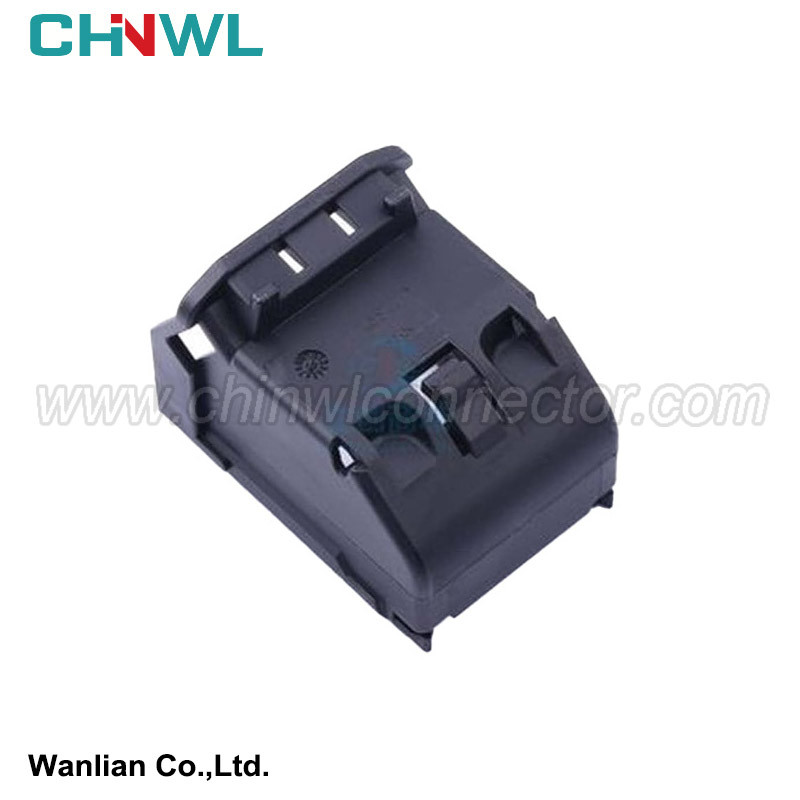

Wanlian #: 5027300001 502730-0001
Mfr. #: 5027300001 502730-0001
|
Wanlian part number: |
|
5027300001 502730-0001 |
|
Original number: |
|
5027300001 502730-0001 |
|
Gender: |
|
|
|
Specification: |
|
Housing: PBT+G; PA66+GF; PA66; PBT; Nylon |
|
Type: |
|
Connector Cap |
|
TUV, TS16949, ISO14001, ISO 9001, RoHS conform: |
|
Yes |
|
MOQ: |
|
No minimum order quantity |
|
Supply sample: |
|
Yes |
|
Customized drawing with Decal, Frosted, Print are available as request |
|
Yes |
|
Payment method: |
|
We accept Paypal, TT, Alipay, West Union etc. |
|
Transportation method: |
|
Air Transport: UPS, DHL, FEDEX etc; Sea Transport; Railway Transport; Freight Forwarding etc. |
|
Production Capacity: |
|
1000000pieces/Month |

The oxides of tin, nickel, and silver (in an environment without sulfur) have low thickness over time, and the temperature has little effect, especially the oxides of silver have no effect on contact. It is the best, see Table 1 below.
Copper silver plating has obvious advantages in ensuring low resistance and stability of the contact surface, but it is easy to change color in sulfur -containing, giving users an illusion, and it is easy to cause misunderstandings. Can it be changed to tin -plated or nickel plating directly?
Let's review GB 14048.1-2012 Low-voltage switch equipment and control equipment part 1: The requirements of the terminal temperature rise in the general rules are shown in Table 2 below. For naked copper terminals, its temperature rise limit is 60K, tin -plated terminals are 65K, silver -plated or nickel -plated terminals are 70K.
In the "Electrical Science" of Professor Zhang Guansheng of Fuzhou University and GB/T25840-2010, in the materials such as the guidelines allowed by the warm rise of electrical equipment (especially the wiring terminal), the relationship between the carrier load and the temperature rise is: Wen Sheng and the temperature rise and the temperature rise are: Wen Sheng and the temperature rise and the temperature rise are: Wen Sheng and the temperature rise and rise Position of the current P is directly proportional. The P value depends on the surface heat dissipation coefficient of the conductor, usually between 1.5 and 2, and the average value is generally 1.76. The higher the allowable value of the warming, the greater the current that the conductor allows the flow. Based on the above theory, the load capacity of the same specifications of nude copper, copper -plated, and copper silver -plated terminals is as follows. Through comparison, it will be found that the "allowable current" after copper is plated by nearly 20%relative to naked copper, so without changing the conductor specifications, only by changing the plating layer, you can obtain the "allowed load ability" to be "allowed to load ability". promote.
Take a more practical example. If a certain specification of a naked copper terminal is in accordance with the GB14048.1 Wen Sheng requirements, the current allowance of the current is 1000A (temperature rise does not exceed 60K). The current can be increased to 1080A (the temperature rise does not exceed 65K). After the silver is plated by the terminal, the current allowed to pass will become 1170A (temperature rise does not exceed 70K). Conversely, if the current remains unchanged and the terminal plating changes, how will the specifications of the terminal change? Please think about it by yourself. Do you find that the "loading ability" of the silver -plated rear terminal has improved? In fact, it should be understood that under the premise of satisfying the national standard temperature rising, the "allowable current value" of the silver -plated terminal is increased, because the silver -plated terminal can be on the silver -plated terminal can be on Run higher at a higher temperature.
Although copper silver -plated in the sulfur -containing environment, even in the atmosphere, the sulfur -containing sulfur gas -containing sulfur gas will generate silver sulfide with poor conductivity over time, as long as the sulfide is overlapped before the vulcanization is overlapped, the connecting access resistance resistance will not not occur. It will be affected by silver sulfide. Only the silver -plated terminals that have been changed for a long storage time need to be processed before the connection with the copper steak.
Of course, tin plating can avoid discoloration caused by vulcanization, but its "allowed load ability" has been reduced. For nickel plating, although its "allowable flow capacity" is the same as silver -plated, it is generally not very common. Only nickel plating will only be used in occasions that are not applicable to silver plating (including sulfur gas environment). The tightening torque is higher, so its cost is not low.
At the end of the article, we summarize: The surface of the copper terminal is tinnic or silver plated to maintain long -term stable and lower contact resistors to ensure the temperature rise and stable at the overlap. From the perspective of Wen Sheng, after silver -plated and tin -plated, the "allowable current value" is increased, which is conducive to saving precious metals.
Simple instructions:
We have product Catalogue,please contact us on skype,WhatsApp or Email.
If you can't find a product on our website or catalog, We deal with over 10,000 items, our catalog doesn’t cover all products. And we are developing 100+ molds yearly, which means around 10 new products are created in our factory. So don’t go away, just send us your photo or part no, we’ll check for you.